The observer observed
After a change of location, Sonja Hassold is in for the first «real» week in the jungle in search of palisander and rosewood in the Madagascan jungle. But it’s not just the dense undergrowth that makes life tough for the ETH doctoral student.
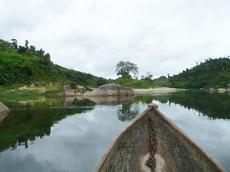
It’s time to change location: from the beautiful region of Maroantsetra, we set off for the east coast of the Masoala peninsula. We fly from Maroantsetra to Sambava and use a jeep to drive on the best road in Madagascar to Antalaha. The road resembles a country road at home.
Antalaha is a major trading centre for rosewood. Although the town also has an airport, the landing strip is in such disastrous condition that Air Madagascar refuses to land there. The landing strip needs to be repaired by airport management, but those in charge don’t seem to be bothered. No landing strip, no airplanes, no passengers, less work, more time to spend enjoying life!
In Antalaha we buy supplies for the first «real» week in the jungle. We also have two bicycles on our shopping list, because that is the only way to get to the very south of the Masoala peninsula.
Next our journey takes us by car on to Ambohitralanana, another well-known trading centre for rosewood. It’s not long before we come across the first wood stash. Discretely, we take a few samples.
On a shaky raft
Then the jeep together with all seven people on board and all the luggage is bundled onto a raft, which comprises two dugouts, two empty barrels and a small boat as support. I really would not have thought that we would make it to the other side! But we do, and we are able to continue our journey.
But the “road” is now more a collection of potholes than an actual road, so we probably would have been faster on foot. Once we arrive at camp, we put up the tents and assemble the bicycles. And we have a decent meal – rice with beans.
We sit around the campfire underneath the stars and talk late into the night, because Martin Bauert from Zurich Zoo, Jean-Jacques from the Wildlife Conservation Society, Hervé from the Masoala National Park, the Madagascan student Annick and the two botanists Jean-Luc and Jao Aridy have joined the group.
Zurich Zoo’s involvement in the region
Zurich Zoo is heavily involved in the Masoala region. As a result, our group also visited some of the local projects that the zoo supports. One of these is a nursery, which is important for reforestation. Families from the region run the nursery. They take turns in spending half the day nursing the seedlings in order to earn a little extra money.
Every year, Madagascar's east coast is battered by major cyclones. Their destructive power can be huge, and the locals have to start over again repeatedly. Last year the storms resulted in many fatalities. Bananas have now become a rarity in the region, as it takes a long time for the shrubs to recover. As a result, it is important to provide support in the form of projects in the region to help the local population get through these tough times.
30 kilos of rice for nine days in the jungle
After two days of acclimatising, the group splits up. Annick, Jao Aridy and I set off for the first week in the jungle together. We buy more supplies: salt, sugar, beans, dried fish and 30 kilos of rice! Madagascans eat rice three times a day. Then we gather the materials that we don’t need for the next nine days and store them in Ambohitralanana.
We set off to find the man with the pirogue. In his large dugout canoe, «la pirogue», he brings us upriver to the small village of Anjia. There we are allowed to set up camp next to Stefano’s house, but first of all we have to partake in a greeting ritual. We as the visitors have to explain who we are, where we come from and what we intend to do here.
Jao Aridy takes charge of the introductions, because he is the only one who speaks the local dialect. Then the host repeats everything that Jao Aridy has said in order to make sure that everyone has understood each other. After that, Stefano introduces himself. Whatever it is that he says remains his secret, because Jao Aridy’s French translation is very short!
We always have to observe this introductory ritual in the Masoala region. That is the only way to get the support of the locals. The whole procedure is repeated again in the evening with the village chief. In the meantime we look for a cook and a guide for our work in the jungle over the next three days. Stefano’s sister will cook for the entire team and another local from the village will guide us to find rosewood.
(Tortuous) Collecting expedition along river streams
Early next morning we are awoken by cockcrow – cocks start crowing here as early as three in the morning! But we don’t crawl out of our tents until around 6 am. Around half past seven, we set off towards the National Park.
The way there leads us along a river that we have to cross a few times. In Madagascar there is no point wearing heavy shoes, because there are always rivers to cross. The local guides even walk barefoot in the forest in spite of the thorny vines that await careless visitors. But the soles of the locals’ feet are almost like leather!
The area is very hilly and covered in streams. You access the forest via river streams, because the vegetation there is not so thick and you can make relatively fast progress. On the other hand, you have to expect boulders and contend with their slippery surfaces, and the field trip can quickly become a torture trip.
Once we get to the forest paths, we very quickly find palisander, rosewood and ebony and immediately start to record the coordinates, describe the location and collect samples. But the forest path becomes impassable and we have to continue our search in the virtually impenetrable undergrowth.
Washing clothes as a distraction
Severe cyclones have raged through this part of the forest in recent years, leaving many snapped or even uprooted trees in their wake. The gaps that remain after a storm have particularly thick undergrowth, because finally there is enough light for the seeds lying dormant on the forest floor. Everything shoots upwards. Only the fastest will manage to garner a place in the woods. Because tree trunks and jungle block the way, our leader is quick to use a machete to cut a new path.
After a long day of collecting, we return to camp exhausted. After a fortifying meal, we wash our clothes in the river. It’s hard work, and half the village comes out to watch us. I am accompanied by a swarm of children who want to see exactly what a white woman is doing in their village. The only place of privacy is in my tent.
Being watched all the time takes its toll, and now on top of that we have to attend a ‘ball’ tonight. That means loud music and dancing from 9 pm to 6 am in the morning – Discothèque à la brousse! Right then, good night!
About the author
Sonja Hassold (28) is a doctoral student in Alexander Widmer’s group, a professor of genetic plant ecology. From the end of August until the end of 2011, she worked in Masoala National Park in Madagascar, collecting wood samples from the local tree species for her thesis. She is investigating whether it is possible to differentiate Madagascan tropical woods genetically in order to combat the illegal trade in palisander and rosewood. The project is financially supported by Mercator Foundation Switzerland.



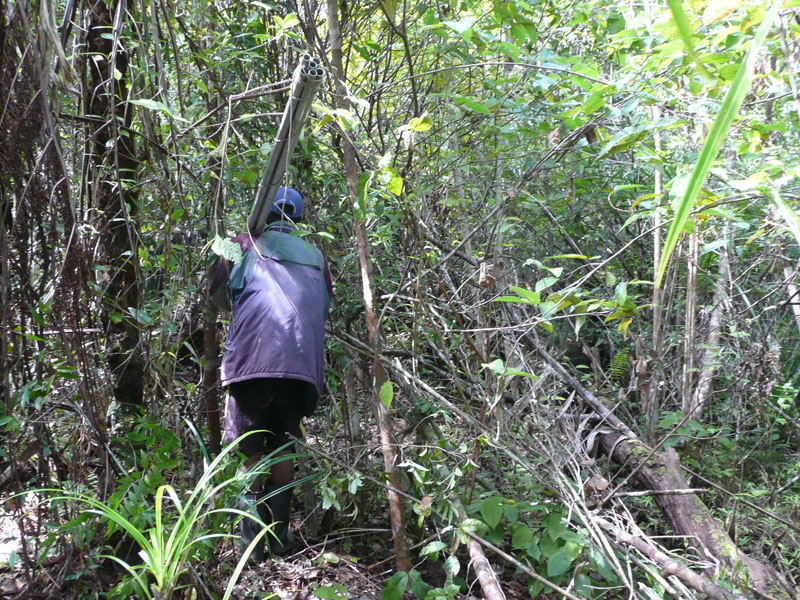
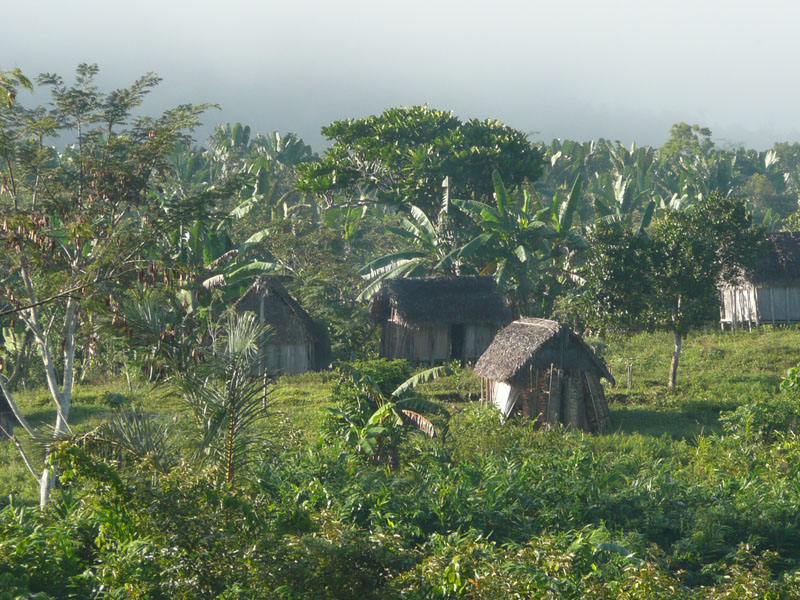

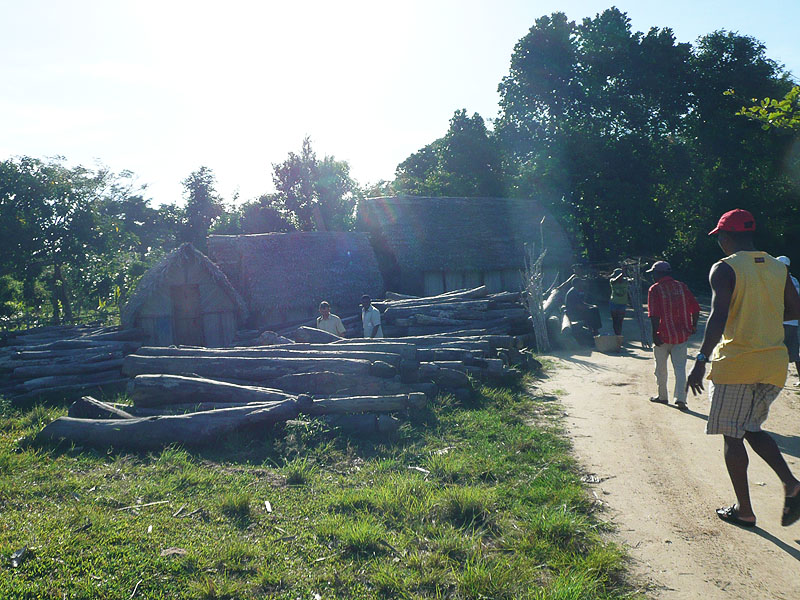

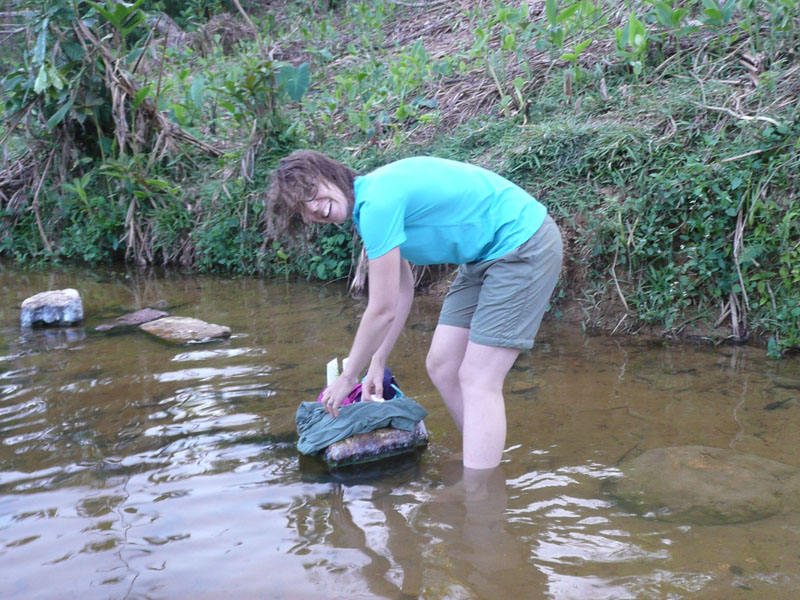
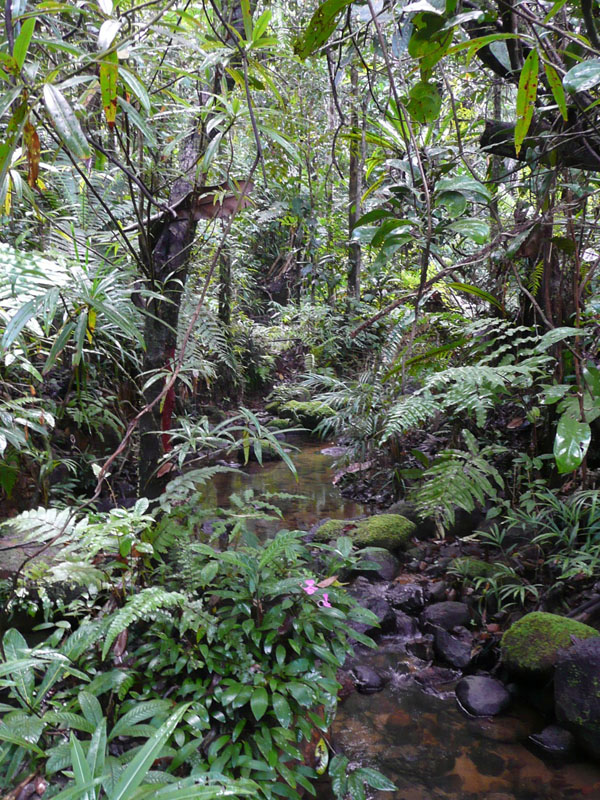





READER COMMENTS